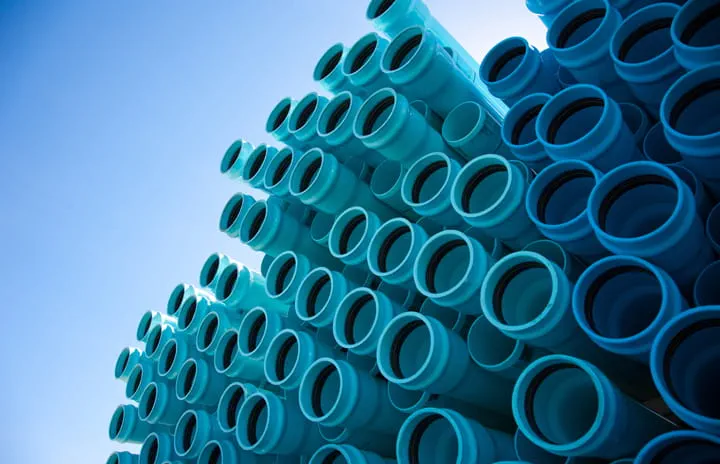The lifetime of pipe seals

Introduction
Until the early 1960's most sewerage pipelines were predominantly jointed using tarred yarn with a cement mortar fillet. To be successful, these joints greatly depended on the skill and diligence of the installer and when completed were totally rigid with no flexibility to allow for subsequent ground movement. During the 1960's came the change from rigid joints to "flexible", designed to accommodate straight draw, angular deflection, flexible pipe deformation and transverse shear load without leakage or failure of the joint. Natural rubber was originally used but soon gave way to synthetic compounds to safeguard against microbiological deterioration.
Funtion of a Pipe Seal
The main criteria for the development of pipeline joints are:
- Leak tightness from both infiltration and ex-filtration
- Ease and reliability of jointing on site
- Long term durability
The first two requirements have been a focus for many years but now long term durability is becoming increasingly important as modern pipeline networks are often required to perform in excess of 100 years.
Lifetime of Joints
A joint assembly has to remain watertight throughout its working life and a significant factor in achieving this is that the physical characteristics of installed seal are sustained at or above accepted levels.
When assembling a joint the rubber seal is deformed into a pre-designed annulus between the socket and spigot. This deformation induces a contact pressure acting from the seal against the joint surfaces. This contact pressure must exceed the operating pressures both inside and outside the joint in order to prevent leakage or penetration of fluids through the joint.
The contact pressure in a joint decreases over time due to relaxation of the rubber relieves a part of the imposed compressive stress by reorientation of the polymer chains in the rubber material. this reorientation is non-elastic and will result in a permanent reduction in contact pressure.
Trelleborg recently commissioned a lifetime study on EPDM rubber used for pipe seals. Stress relaxation under compression was chosen as the critical value. This is caused by both physical and chemical relaxation.
Once the pipe joint is assembled there is a physical relaxation of the rubber seal which takes around 30 minutes after which the sealing force is relatively stable. It is this value of the sealing force which is then used in the estimation of the effective lifetime of the seal.
The standardized test methods used are:
- ISO 11346. Rubber vulcanized or thermoplastic. Estimation of lifetime and maximum temperature of use
- ISO 3384. Rubber vulcanized of thermoplastic. Determination of stress relaxation in compression
The threshold value is chosen as the maximum relaxation acceptable for the application. Commonly, 50% of the initial value is chosen (see ISO 11346, section 6).
High quality compounds show less relaxation in comparison to low quality ones. A high-quality compound will have high polymer content, low compression set, low stress relaxation, good crosslink density and a good vulcanization system.
The results indicate the life-time of Trelleborg's EPDM rubber used for Pipe Seals is in excess of 500 years.


